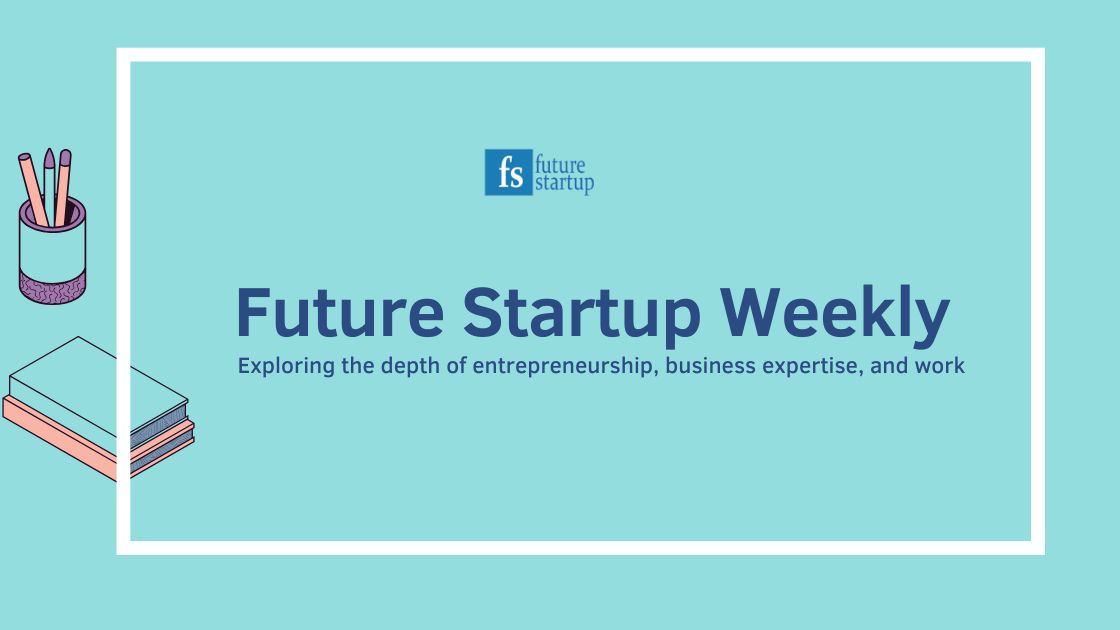
In Founder Story, we featured an interview with Malaysia based AI-powered tech talent platform Krenovator Technology founder Mahadhir Yunus.
Bangladesh Bank has introduced significant revisions to its startup financing framework on July 9th, 2025, dramatically expanding financing options for entrepreneurs. We take a critical look at good, bad, and what would have been better sides of the new announcement.
In Case Library, we published a new case on the origin of Astha IT, further digging deeper into our assertion that entrepreneurship is an emergent phenomenon and we should operate accordingly.
In Book Notes, 7 principles of content marketing offers a direction regarding how to think about brand storytelling and narrative building based on Erin Kissane's fascinating book The Elements of Content Strategy.
In Insight, read our excellent essay The Wisdom of Bangladeshi Businessmen on common patterns of successful Bangladeshi entrepreneurs.
Links to everything are below.
Mahadhir Yunus is the Founder and CEO of Krenovator, a Malaysia-based AI-powered tech talent platform. Prior to starting Krenovator, Yunus spent 14 years in software and technology, from hands-on coding to leading enterprise digital transformations. Krenovator is trying something different in the crowded tech talent space, positioning itself at the intersection of two powerful trends: Southeast Asia's massive pool of underutilized tech talent and the emerging AI agent economy. The company says it has already built a community of over 30,000 developers and serves enterprise clients across Malaysia, Europe, and the Middle East.
In this fascinating interview, conducted over email, Yunus discusses why Southeast Asia's tech talent remains universally available but opportunity-limited, the origin of Krenovator, how Krenovator evolved from a basic talent matching service to an AI agent-focused ecosystem, the company's lean approach to growth, strategic decisions that helped navigate early challenges, and Krenovator’s ambition to power one million elite developers across Southeast Asia and build infrastructure for the AI workforce economy.
Bangladesh Bank has thrown fresh money at the startup problem. The central bank's new master circular, issued on July 9th, 2025, has introduced significant revisions to its startup financing framework, dramatically expanding financing options for entrepreneurs. The updates aim to better support the country's promising startup sector, which is seen as important for growth, employment, and innovation.
While the changes are significant, they may not be sufficient.
We have been talking about the emergent nature of entrepreneurship in this series of origin story cases of some of the most fascinating Bangladeshi companies.
Today, we’re sharing a short video from a brilliant interview we published a while back with Astha IT Founder and Managing Director Hasnaeen Rizvi Rahman. In the interview, he explained how Astha IT started out of quite a serendipitous event and his willingness to make a leap of faith.
In the first principle, Kissane suggests one should “publish content that is right for the user and for the business”. This principle kind of encapsulates the entirety of the content strategy. When you are producing content, it has to be right for your users. Otherwise, they will not read it and your exercise of producing it will be meaningless and a waste of time and effort. At the same time, it has to be right for your business, meaning when a user reads it, it should tell something about your business. You produce great content and your users love it, but it is completely disconnected from your business, it is also a waste of time and effort.
A Bangladeshi businessman operates with little ego. They are rarely worried about how other people perceive them. They are not used to cheap admirations. In many ways, they live in a state for which modern educated people meditate to reach. This apparent lack of ego allows them to make better decisions. Their minds in the language of Zen are always empty. They can see reality as it is instead of seeing it with many colors which we do. When you can see things without prejudice or preference, you are always closer to the truth. You can easily differentiate between the real and the fake.
